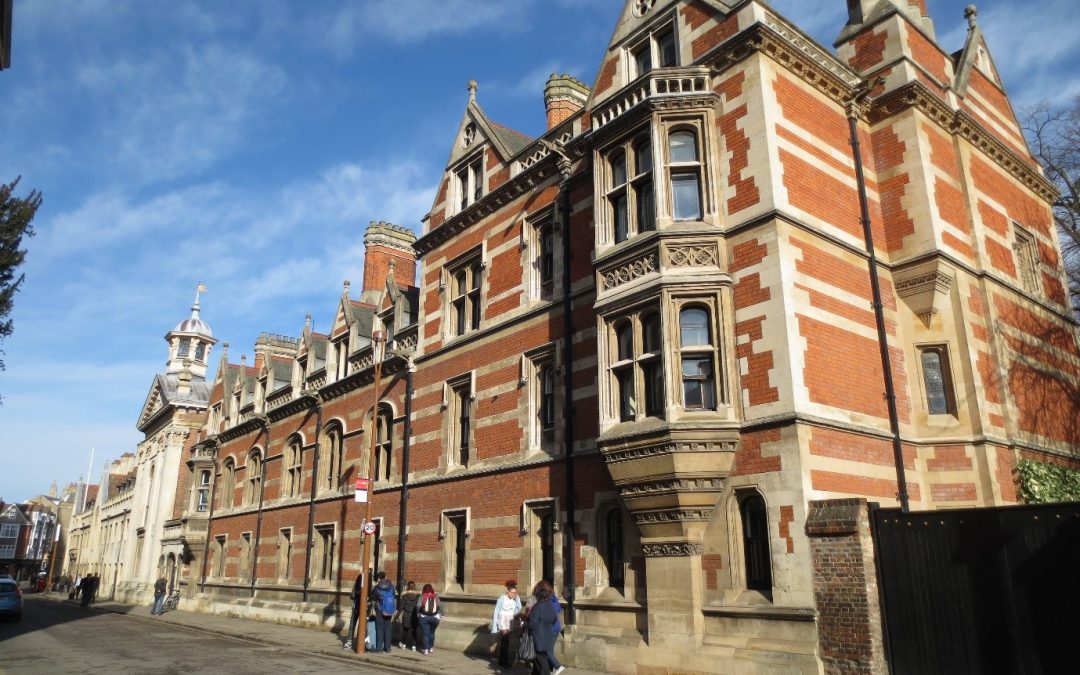Large cities like Winnipeg are made up of smaller boroughs that are communities in themselves, and their long-time residents define themselves by where they live. Heritage buildings are like that, too. They are a monument to a neighbourhood’s local history and cultural memory.
Not every property management company —nor even every homeowner—wants the stress of renovating older buildings. Many people prefer the control that comes with new builds, and the peace of mind that comes from the knowledge that every component is brand new.
It’s true that older buildings can come with their own set of problems, and not all of them can be seen on the surface before you buy. Issues with aluminum electrical wiring (a brief problem of homes built in the 1960s and 1970s) or asbestos insulation in the basement can be a deal-breaker, but not always—if the refurbishment is relatively straightforward in other ways.
So how do we decide what kinds of buildings to renovate?
At My Place Realty, we keep three things in mind:
Just because a building is new, doesn’t mean it’s better. “Better” largely depends on the quality-mindedness of the developer and builder. Problems can crop up in a new building as easily as in an old one. In fact, older buildings can be extremely solid, with better materials and a strong foundation. You just have to know how to spot a gem.
What might the building do for the surrounding neighbourhood? In its current state, a neglected building might lower the property values around it and become a source of frustration for the homeowners in the area. But with the right renovation, it might be transformed into the perfect spot.
Take The Sunnycrest, our building in the heart of the Wolseley community, with its lofty, high ceilings. Wolseley was developed between 1905 and 1930 as a middle and upper middle-class residential area. Today, it has become an artistic and socially active place with shops and interesting architecture. And it remains one of the most intact pre-1930s residential areas in Canada.
Or Place St. Boniface, our newly-renovated apartment complex in the Heart of St. Boniface. This community’s strong French heritage has attracted one of the largest francophone communities in Manitoba. Our building sits close to the famed The Forks Market, which was comprised of two adjacent stables for competing rail companies in the early 1900s. The horse stalls were later joined together by a courtyard and bridges.
Can we respect the original design flavour, but still provide convenience, affordability and modern charm? Because we’ve found that our customers value a mix of traditional touches, but they must be combined with modern conveniences, especially technology. And of course, the most important factor is location. In our books, a wonderful location combined with a quality renovation adds up to a great place to call home.





